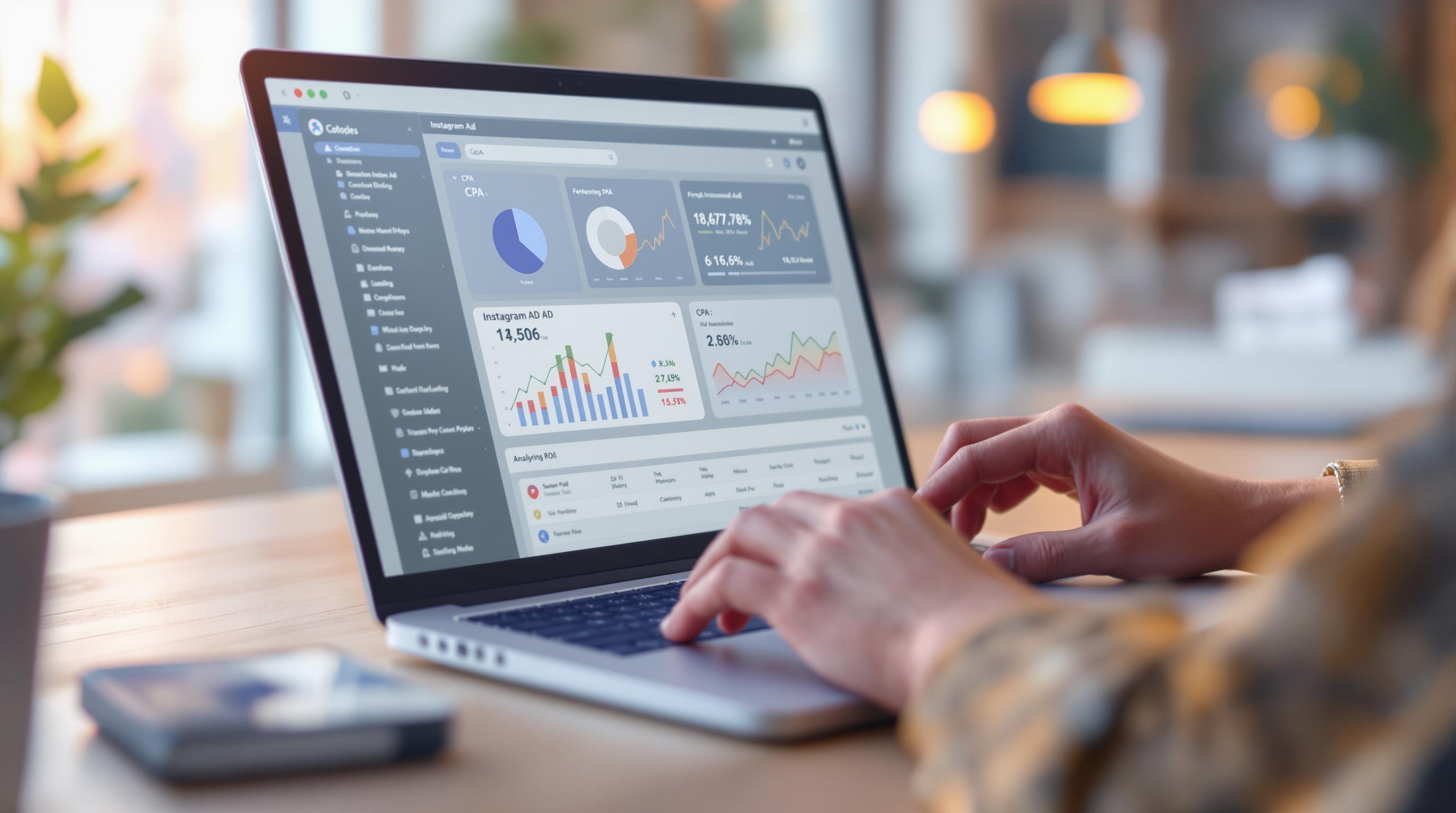
Want to know if your Instagram ads are worth the money? Start by calculating your Cost Per Acquisition (CPA). CPA tells you how much you spend to acquire one customer, helping you measure campaign efficiency and ROI.
Here’s the formula:
CPA = Total Ad Spend ÷ Number of Conversions
Key Takeaways:
- Why CPA Matters: It tracks how efficiently your campaigns generate conversions and helps you decide where to allocate your budget.
- What Affects CPA: Factors like ad relevance, targeting accuracy, competition, and bidding strategies directly impact costs.
- Reducing CPA: Use precise audience targeting, improve ad content, and optimize landing pages to lower costs.
Quick Example:
If your total campaign cost is $2,800 and you acquire 140 customers, your CPA is $20. Compare this to industry benchmarks (e.g., $7.91 for e-commerce) to see how you’re performing.
By understanding and optimizing CPA, you can make smarter decisions and ensure your Instagram ads deliver results.
How to Calculate Cost per Acquisition
Collecting Data for CPA Calculation
To calculate your Instagram ad CPA accurately, you'll need to gather specific data points from your campaigns. Here's how to collect and organize this information using Instagram Ads Manager.
Using Instagram Ads Manager

Instagram Ads Manager makes it easy to pull key metrics like total spend and conversions - both crucial for determining CPA. Follow these steps to access your campaign data:
- Open Instagram Ads Manager
- Go to the "Campaigns" tab
- Click on "Customize Columns"
- Add metrics such as total spend, conversions, and cost per result
Make sure you include all campaign-related expenses when assessing your total ad spend.
Conversion Tracking
Accurate conversion tracking is essential for evaluating campaign performance. Here’s how to set it up for different types of conversions:
| Conversion Type | How to Set It Up |
|---|---|
| Purchases | Add a pixel to the checkout page |
| Sign-ups | Install tracking on the thank-you page |
| Downloads | Use an SDK for app installations |
Once tracking is in place, Instagram Ads Manager becomes a valuable tool for monitoring and improving your campaigns. Review your data weekly to spot underperforming campaigns and make adjustments as needed [1][2].
To ensure your CPA calculations are precise, regularly test your conversion tracking to confirm all data is being captured correctly [1]. This methodical approach lays the groundwork for accurate CPA measurements and smarter campaign decisions [3].
Calculating CPA for Instagram Ads
Now that you've collected your campaign data, it's time to calculate your Cost Per Acquisition (CPA) for Instagram ads.
How to Calculate CPA
The formula for CPA is straightforward:
CPA = Total Ad Spend ÷ Number of Conversions
This tells you how much it costs to gain each customer through your Instagram ads.
Here’s how to calculate it step by step:
- Add up all campaign-related expenses, including ad spend, creative costs, and management fees.
- Double-check that your conversion tracking is accurate.
- Divide the total expenses by the number of conversions.
- Keep a record of your CPA for comparison and fine-tuning later.
Here’s an example to make things clearer:
| Campaign Element | Value |
|---|---|
| Total Ad Spend | $2,000 |
| Creative Costs | $500 |
| Management Fees | $300 |
| Total Conversions | 140 |
| Final CPA | $20 |
In this scenario, the total campaign cost is $2,800 ($2,000 + $500 + $300). Dividing that by 140 conversions gives a CPA of $20. Knowing this number helps you decide where to allocate your budget and make adjustments for better results.
A useful rule of thumb: aim for a CPA that’s at least three times lower than your customer lifetime value (CLV). This ensures your campaigns remain profitable and sustainable [1].
Once you’ve got your CPA, the next step is to assess its performance and find ways to improve it.
sbb-itb-3858882
Understanding and Improving CPA Results
Comparing CPA to Benchmarks
To gauge if your Instagram ad CPA is competitive, you need context. AdEspresso's 2023 data highlights how average CPAs differ across industries:
| Industry | Average CPA |
|---|---|
| E-commerce | $7.91 |
| Finance | $44.86 |
| Technology | $55.21 |
| Travel | $44.73 |
These numbers give you a baseline to evaluate your CPA and spot areas for improvement. The type of ad format you use also plays a role in your CPA, as reflected in the data.
Once you’ve compared your CPA to these industry averages, the next step is aligning it with your business goals.
Aligning CPA with Marketing Goals
Your CPA should work in harmony with your overall marketing and business objectives. Here are some key considerations:
- Customer Lifetime Value (CLV): Use CLV as a guide. For example, if your CLV is $300, a CPA in the $20–$30 range can still keep your campaigns profitable.
- Return on Ad Spend (ROAS): Measure how much revenue each conversion brings in. A higher CPA might be acceptable if it attracts customers who make bigger purchases or come back for more.
- Conversion Quality: Sometimes, a higher CPA is worth it if it leads to high-value customers. Metrics like repeat purchases and average order value can help you evaluate the quality of conversions.
With these factors in mind, you’ll be better equipped to use CPA insights to improve your campaigns.
Using CPA to Refine Campaigns
Armed with benchmarks and clear goals, you can now use CPA data to fine-tune your campaigns and boost returns:
- Targeting Adjustments: Analyze which audience segments give you the best CPA results, then shift your focus. For instance, if custom audience targeting gives you a $6.15 CPA but interest-based targeting delivers $4.12, consider reallocating more budget to interest-based campaigns.
- Creative Testing: Experiment with different ad formats based on CPA performance. The benchmarks show that some formats perform better than others depending on the industry, so test accordingly.
"Expert insights and industry reports can provide valuable information on industry benchmarks, best practices, and emerging trends, which can be used to refine targeting, ad creatives, and budget allocation strategies." - AdWeek
- Budget Reallocation: Regularly review your campaign performance - weekly works well. Shift budgets toward the ad sets performing best and pause the ones with persistently high CPAs.
Strategies to Reduce CPA on Instagram
Once you've reviewed your CPA data, it's time to implement strategies to cut costs and boost results.
Targeting the Right Audience
Instagram offers powerful targeting tools to help you reach the most relevant audience. By focusing on specific demographics, interests, and behaviors, you can improve your ad performance.
Custom and lookalike audiences are especially effective. These methods focus on users who are more likely to convert. For example, MVMT Watches managed to cut their CPA by 30% by using lookalike audiences built from their existing customer data.
| Targeting Type | Results |
|---|---|
| Custom Audiences | Retargeting website visitors (20-30% lower CPA) |
| Lookalike Audiences | Finding similar high-value customers (15-25% lower CPA) |
| Interest-Based | Reaching new relevant audiences (10-20% lower CPA) |
Improving Ad Content
The quality of your ad content has a direct impact on your CPA. To get better results, focus on these essentials:
- Use eye-catching visuals paired with short, action-driven messages.
- Include clear and persuasive CTAs that align with your campaign goals.
"Reducing CPA requires aligning your audience targeting with tailored, high-impact messaging", says Mari Smith, Facebook's Leading Expert.
Optimizing Landing Pages
A strong landing page is key to turning Instagram clicks into conversions. When optimized, it can significantly lower your CPA by boosting your conversion rates.
Here are a few tips for improving your landing page:
- Ensure it's mobile-friendly and loads quickly.
- Make your offer stand out and easy to understand.
- Use minimal form fields to reduce barriers for users.
Conclusion
After applying methods to lower your CPA, it’s crucial to measure the results and tweak your strategy to maintain progress. Managing CPA effectively is especially important, considering that 60% of small businesses struggle with social media advertising.
CPA management requires a thoughtful, data-focused approach. As mentioned earlier, average CPAs differ by industry - ranging from $7.85 in education to $55.21 in technology - so comparing your performance to industry benchmarks is a smart move.
Success stories show what’s possible when CPA is optimized. For example, Hurom cut their CPA by 65% and boosted their ROAS by 2.5X through rebranding and targeted strategies.
"Instagram algorithms and audience preferences evolve constantly, requiring ongoing optimization."
Key strategies for keeping CPAs competitive and maximizing ROI include:
- Using precise audience targeting, like Custom and Lookalike audiences
- Crafting engaging ad content tailored to your audience
- Improving landing pages to drive conversions
- Continuously tracking and refining campaigns based on real data
FAQs
Is $5 a day enough for Instagram ads?
Spending $5 daily on Instagram ads can generate around 4-5 clicks per day, assuming an average cost-per-click (CPC) of $1.15. While this budget works well for building brand awareness, it’s less effective for driving conversions, especially in highly competitive markets. To make the most of it, focus on precise targeting, attention-grabbing content, and brand awareness campaigns.
| Budget Focus | Campaign Outcome |
|---|---|
| Brand Awareness | Reaches more people with impressions |
| Conversion Goals | Limited success in competitive niches |
Here’s how to optimize a $5 daily budget:
- Target niche audiences with highly relevant messaging.
- Prioritize brand awareness campaigns over direct conversion goals.
- Use CPC bidding for conversions or CPM bidding for broader reach.
According to Hootsuite, many businesses see success with daily ad budgets between $10 and $50. While $5 is a manageable starting point, increasing your budget as you gather insights and improve performance is key.
Even with a small budget, smart allocation can help lower your cost per acquisition (CPA) over time. The trick is to test, learn, and gradually scale up your investment as you discover what resonates most with your audience.




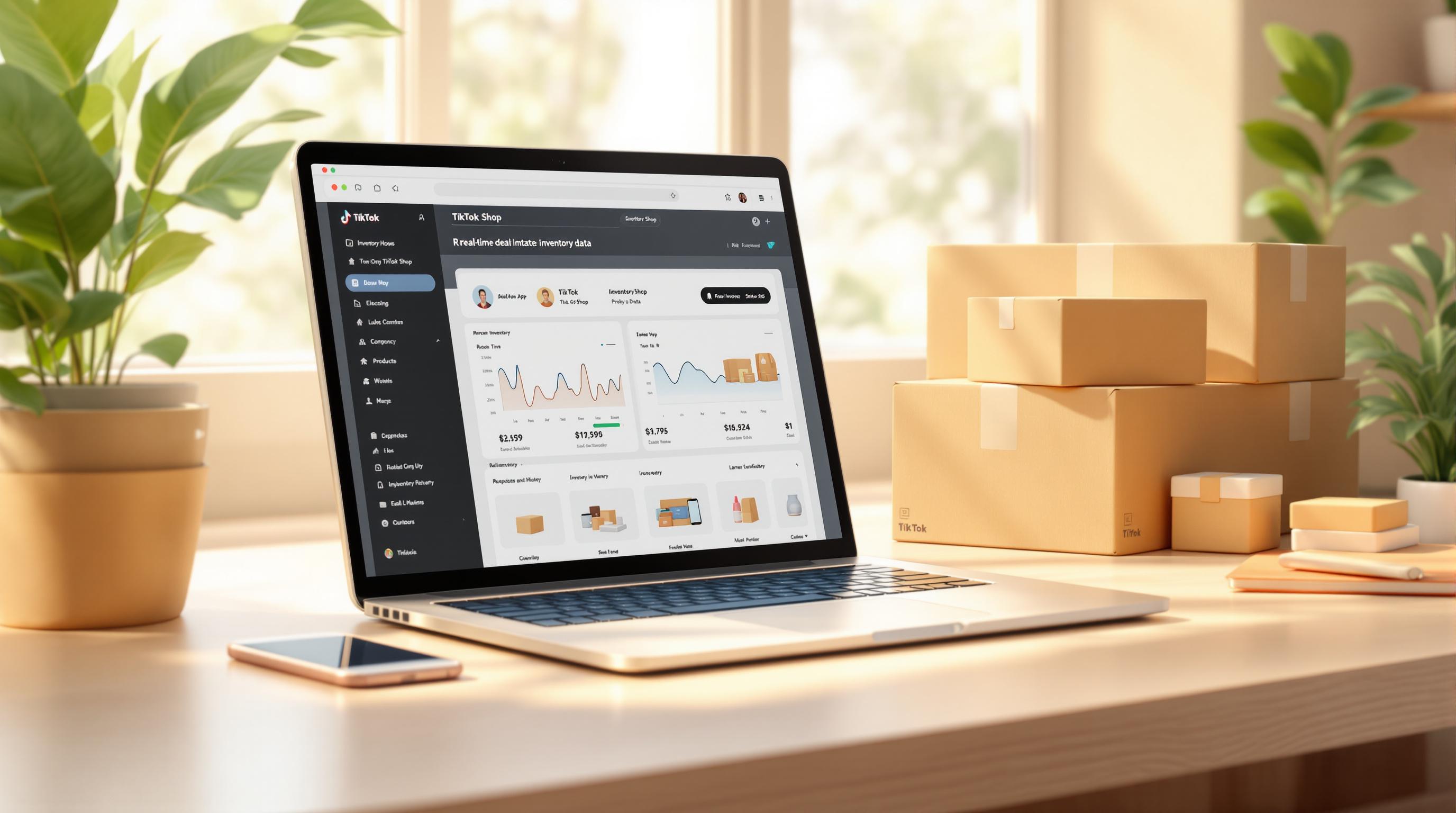



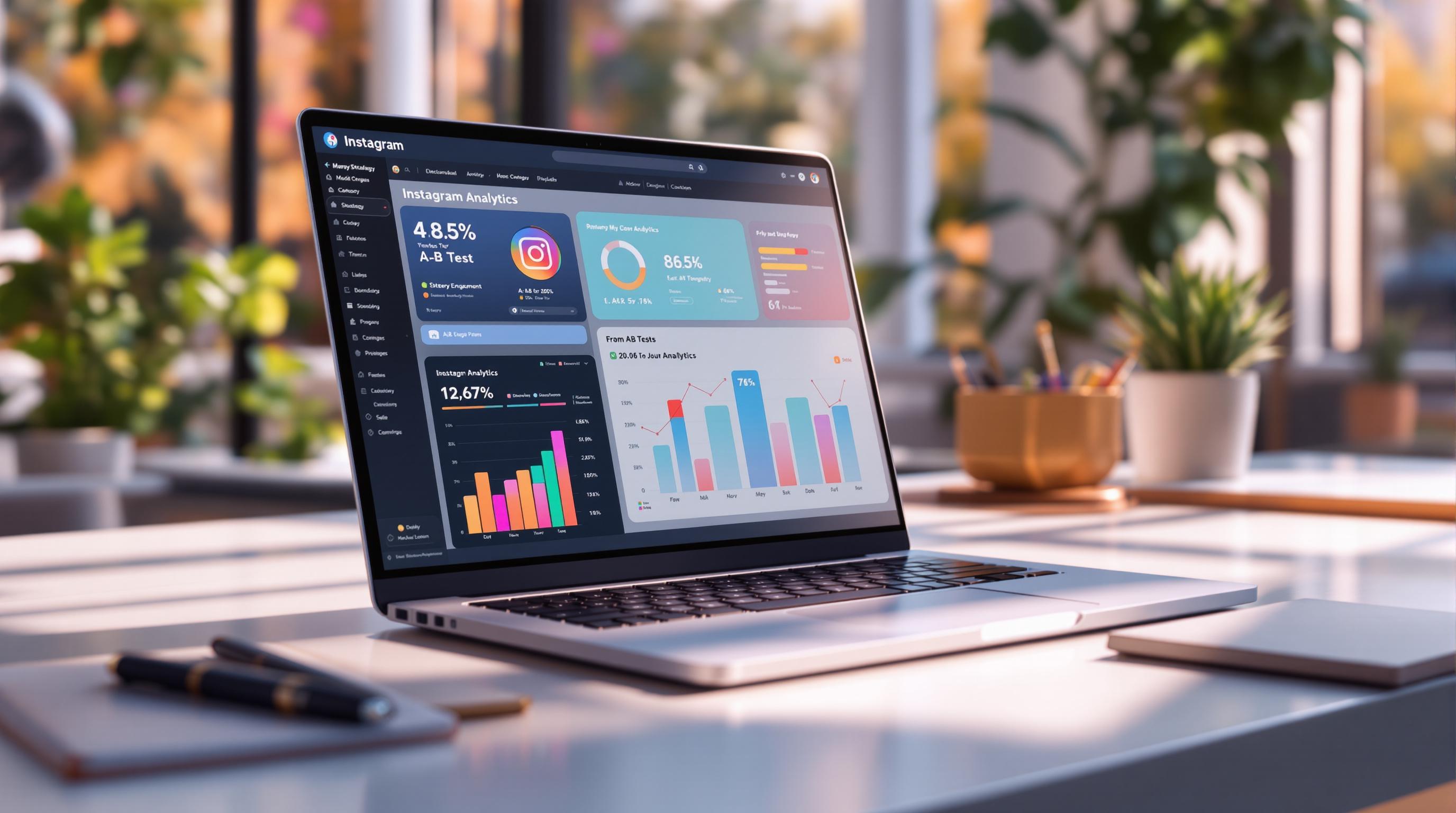














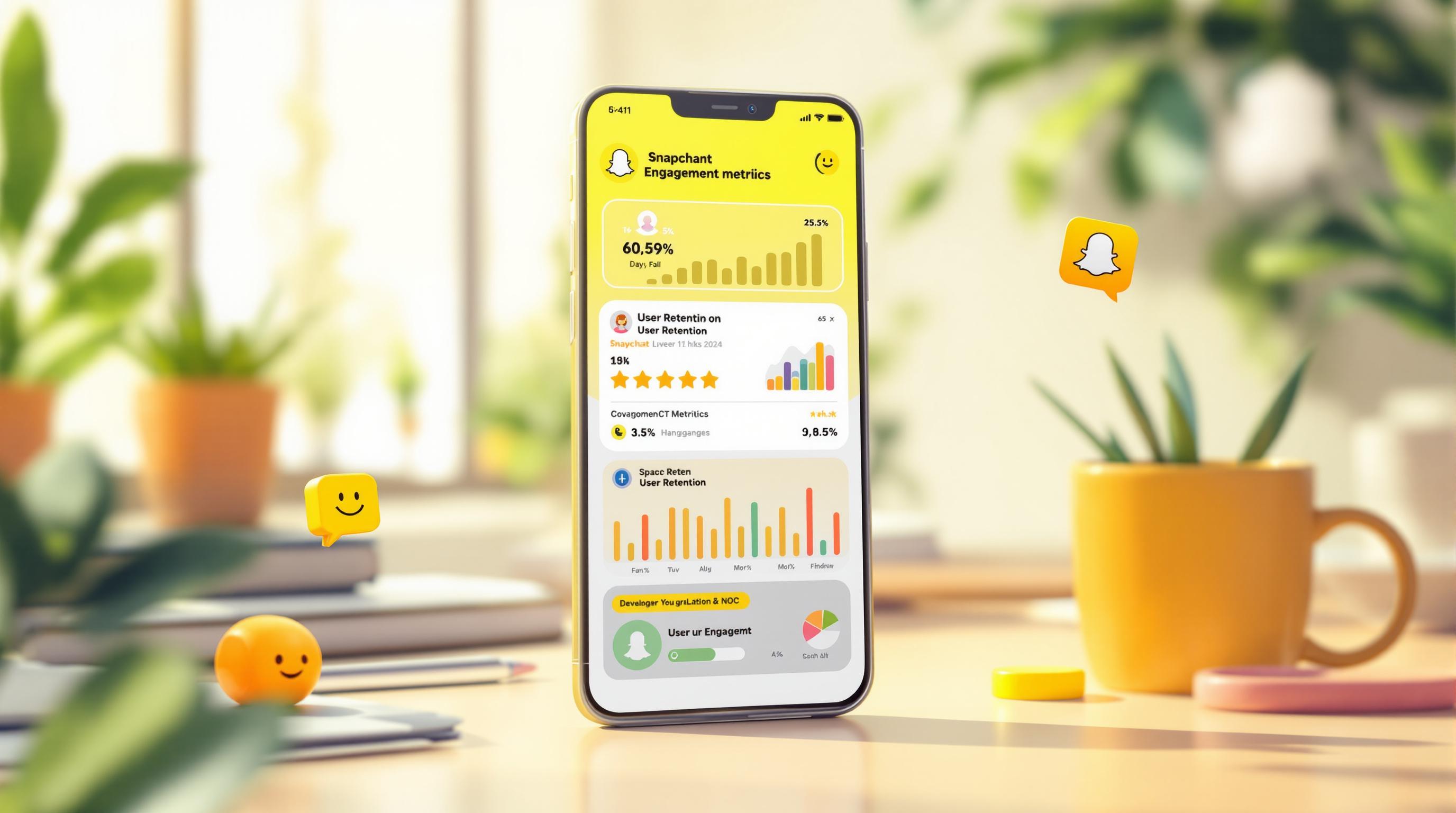


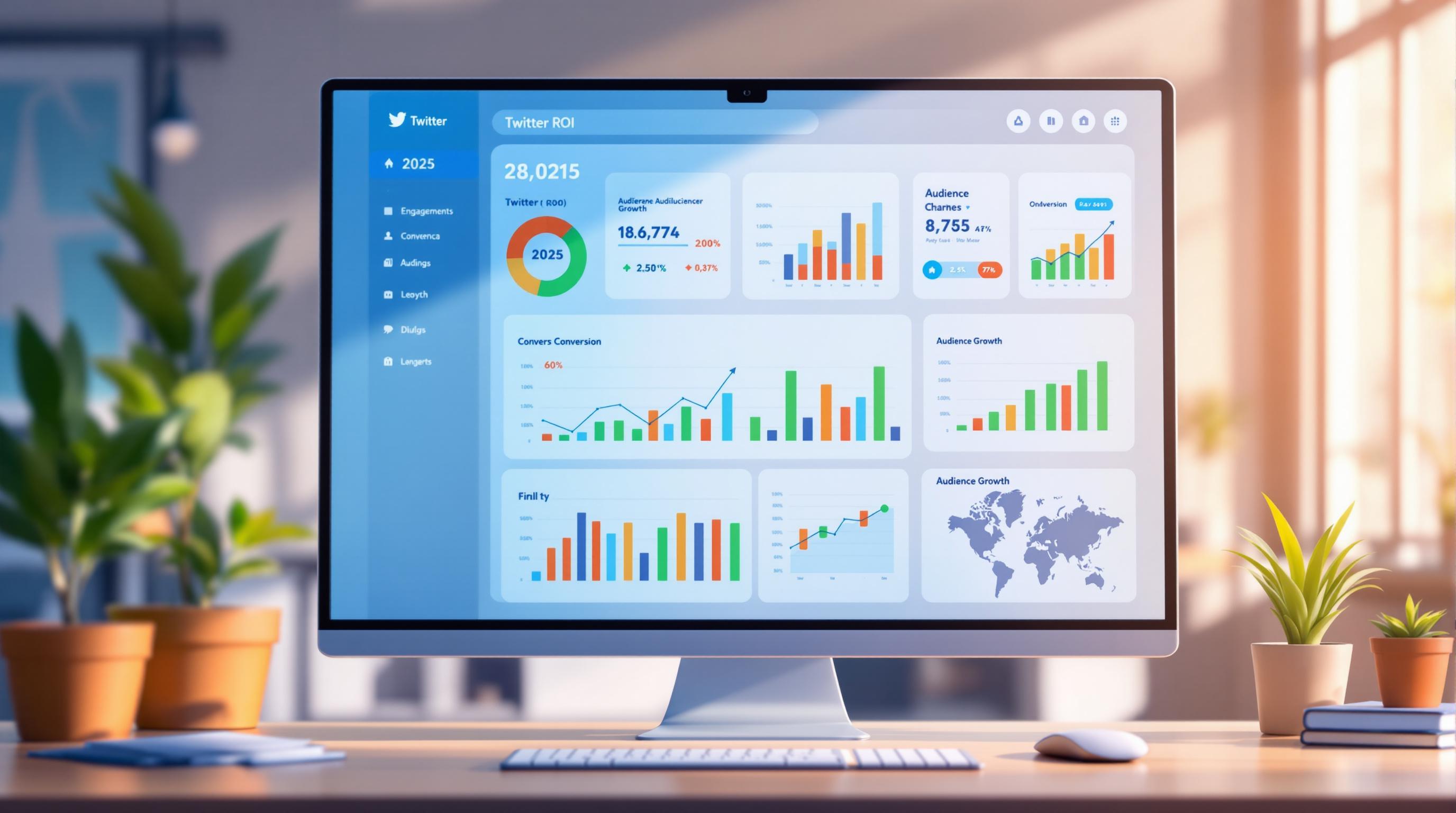





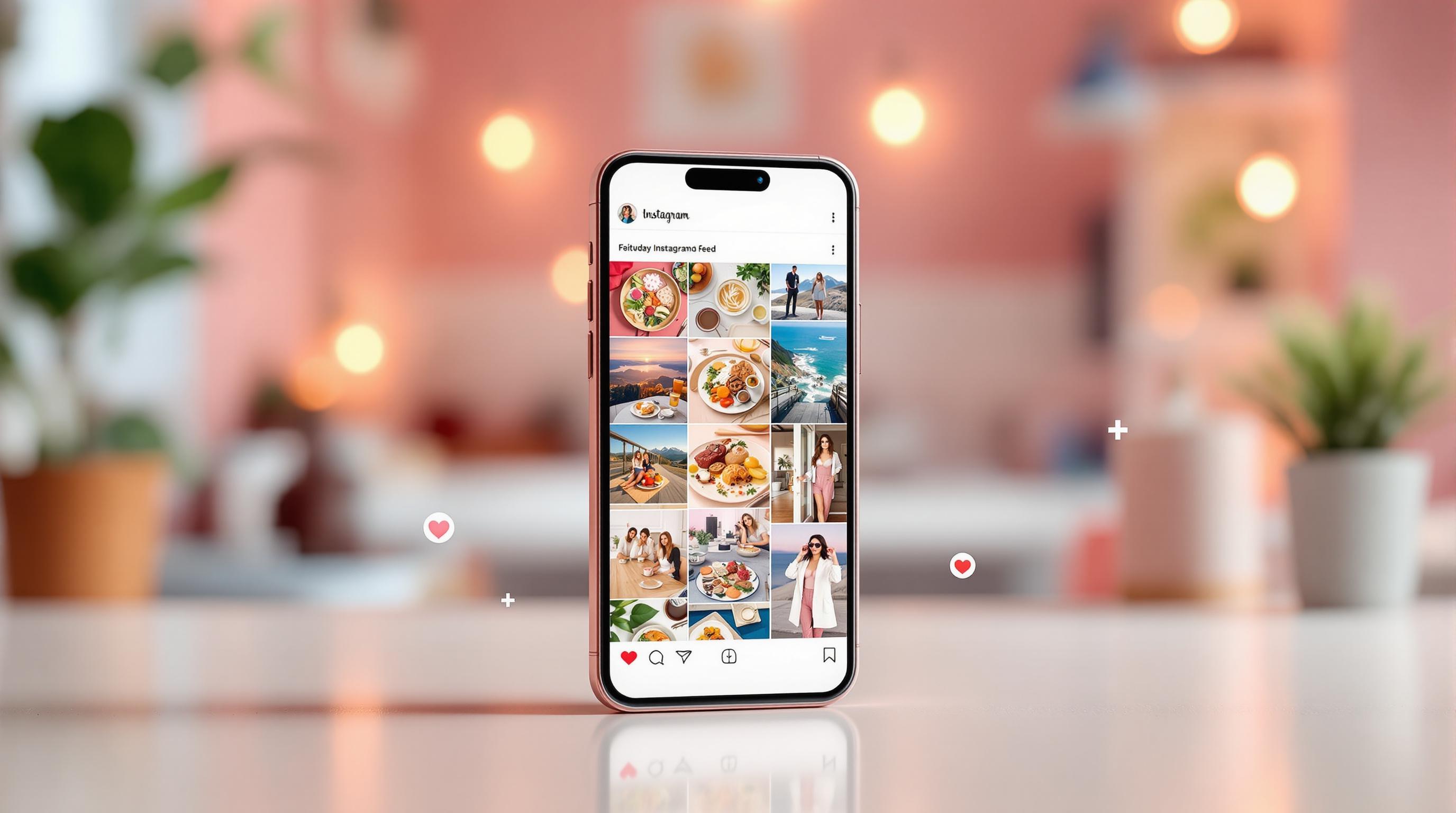



![Top 7 Best Instagram Growth Services in 2025 [RESULTS]](/cdn-cgi/image/fit=contain,format=auto,width=null/https://cdn.prod.website-files.com/67840d1d88a886f29a66a4c1/6795d12917ee4501b9eddf73_6795c731964f791db3b566c4-1737870861582.jpg)
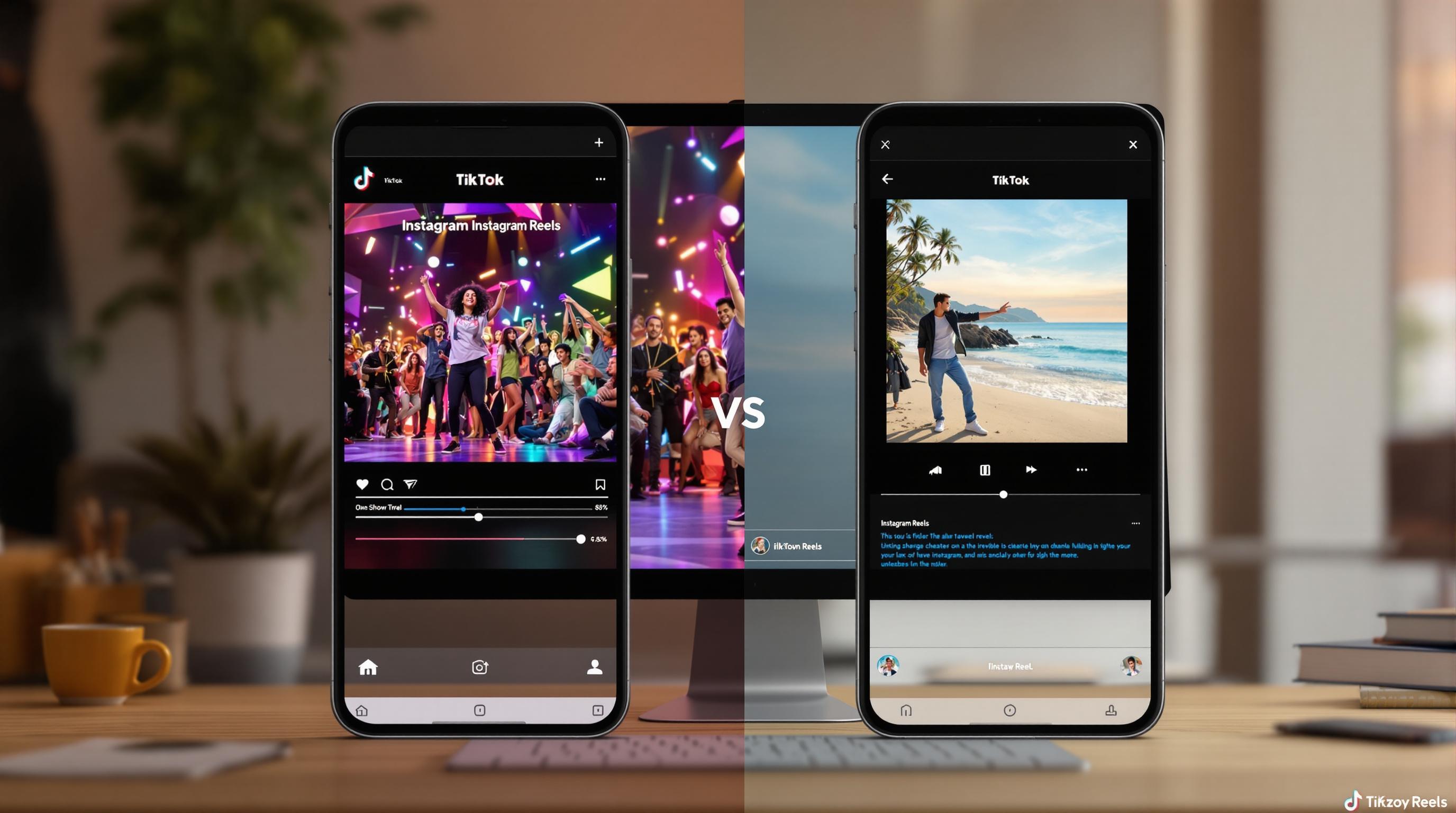
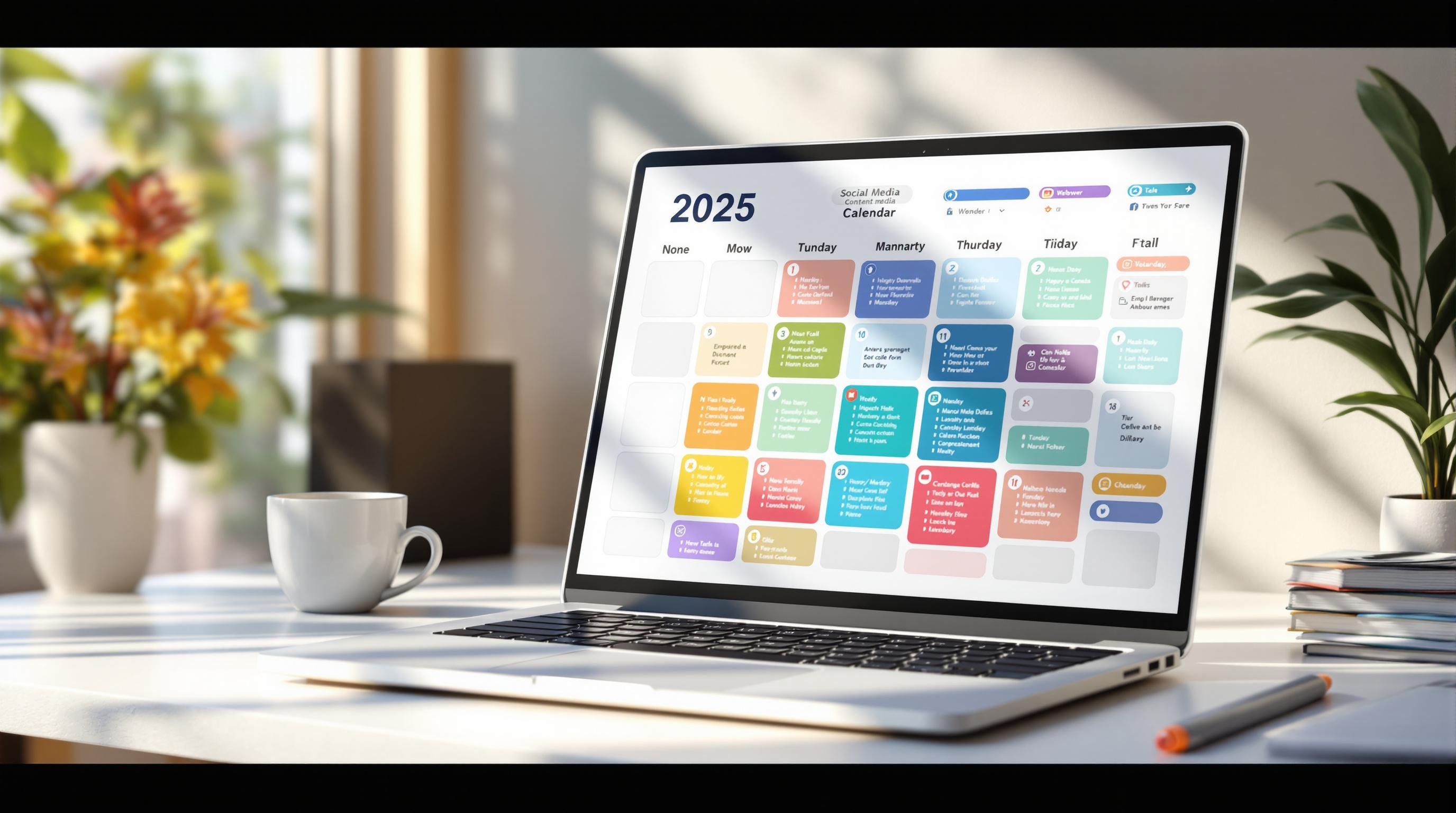
![UpGrow Review – The Best Instagram Growth Service in 2025 [TESTED]](/cdn-cgi/image/fit=contain,format=auto,width=null/https://cdn.prod.website-files.com/67840d1d88a886f29a66a4c1/6795040db42e404207732526_6794fd9c964f791db3b48de9-1737818779111.jpg)


